The British is called Her "Breathing of the Child", the Germans - "Voile of the Bride", in the southern steppes of our country they call it simply "rolling-field", for millions of florists, this beautiful flower is called gypsophila. She deserved loyal love of people for their airiness and ease.
Description Gypsophila
Gypsophila (Latin Gypsophila) is a herbaceous plant from a huge clove family. The translation of the name means "loving lime", and this is true - many of the species of this flower in wildlife choose a place for limestones. Gypsophila has more than one hundred species of grassy annual and perennial shrubs that grow in Eurasia, Africa and Australia. In the garden culture they learned to grow and annual, and many years of this flower.
Looks like a gypsophila as a shrub at a height of 20 to 60 cm with straight stems and small, oval or slightly isolates. Meeting constellations, simple or terry, consist of hundreds of small flowers of milk-white or greenish color, but there are some species, such as gypsophila creeping or Pacific, who have and pink coloring.
Types and methods of breeding gypsophila
There is gypsophila annual and long-term.
- The annual gypsophila is planted in front of the winter to the garden in the open soil with dense rows, and the spring seedlings take care and transplant to a permanent place.
- The long-term species is grown as ordinary seedlings. In the spring it is sowing it in boxes or cans to a depth of 0.5 cm, removed under the glass in a well-lit and warm place. After a couple of weeks, when shoots appear, they are melted in pots with peat and humus and further growing gypsophila are carried out under additionally organized lighting, which creates a feeling of a fourteen-hour daylight. This is necessary due to the fact that the gypsophila is a very light-affiliated plant, and the early spring day is still too small for its normal development.
Perennial gypsophila requires a transplant times every two years and careful care in the winter. It is necessary to tightly cover it on the winter peat or leaves.
Gypsophila varieties
Gypsophila Miseling
The most common type of drylitus is gypsophila whipped. The dimensions of its flowers are quite large, the height reaches 1 meter. There are practically no leaves, occasionally gray-green terry leaflets appear, the entire crown occupy numerous inflorescences. If you look from afar, it seems that this is a big fluffy ball. Depending on the variety there are white and pinkish flowers. Color them can change after dissolving.
You will delight your wonderful honey smell of Gypsophila all summer, and if you cut off a bouquet in the middle of summer, it will bloom once again in September. After flowering in the fall, the plant dries, boxes appear with seeds like sand particles. You can plant such seeds within two or three years.
The gypsophila there are such subspecies:
- Mahova - with small terry flowers of white color.
- Blister Fayeri - flowers are also terry, but large.
- Flamingo is a high bush covered with pink terry flowers.
- Roseshleer - blooms up to 3 months with small flowers of pale pink color.
- Pink old - gypsophila with dark pink flowers.
- Rosie Vale is a low-grade variety with flowers that change the color.
Miscellaneous gypsophila does not require transfers and likes to live in one place. It is better to plant it in a loose soil not having groundwater. Create a beautiful picture in your flower garden and fill it with a flower-honey smell, also looks great in lonely cutting and in bouquets.
Gypsophila craying
This variety is perennial and very often found in the wild. The shoots are raised right on the ground, the color of the leaves and the bush itself is greenish, almost imperceptible on Earth. Flowering begins in July with flowers of gentle pink and white color.
The only one of the species, this variety is very unpretentious to lighting and will feel comfortable even in dark places. The main thing is that the soil containing lime and had good drainage.
Hypstract Arecentoid
Right from the northern regions of Iran. Reminds blooming moss. Grows on well-lit, limestone. It grows very long, you can fully see the bloom only in early July. A very gentle plant that is afraid of excessive precipitation and frost. In breeding is complex, therefore it is practically no evil. Multiplied with seeds and cuttings.
Kachim Uralsky
Located in the Red Book of many regions of Russia. In the people, it is called "soap root". It has a thick, strong root that is well cling to the soil, so so often this species is found in the mountains, on the stones and on coastal pebbles. Large flowers are harvested three in inflorescences and are located on numerous stems. Kachim Ural can be used as a decorative plant in flower growing, but due to the need for permanent observation, it can be found only in botanical gardens.
There are also such species as gypsophila graceful (rose, carmine, double star), Pacific, Yaskolkovid, gentle and gypsophila pitched.
Watering gypsophila
In hot summer days, it is necessary to water the gypsophila daily, in more cold conditions - every other day. Water it under the root, you do not need to spray the flowers yourself. Check before irrigated, whether the soil dried, otherwise there is a possibility to pour your flower. Young shoots need abundant irrigation, long and lush flowering depends on it.
Care, Gypsophil Fertilizer Process
Gypsophila is not very picky, care for it is a pleasure and will not make any problems for you. The optimal temperature for good growth of shoots -16-18 C, when flowering - 12-13 C. To bloody, hypotphile requires a long light day - at least 14 hours.
Gypsophila Perennial is extremely quickly growing, so it can destroy the weak plants landed in the neighborhood. It is advisable to limit its distribution in a flower bed in a timely manner. Young bushes tolerate the transplant lighter, plants with developed rod roots to transplant dangerously, given the possibility of their death.
When the gypsophila turns into an adult plant, then it becomes necessary to maintain it with special supports. It is necessary that the severity of the leaves do not damage the beauty of the whole bush and crown. Supports can be made in the form of a slingshot if you need to support only a few stalk or to build a backup.
After the end of the flowering, cut the bushes of the gypsophila under the root and leave a few stalks at the rhizoma. Pay attention to the boxes with seeds. They need to cut separately, to dry in the ventilated room, open and pour seeds into a paper cooler or storage box. Sliced \u200b\u200bbushes themselves close on the winter with leaves or sweets. It is necessary to do this in early October. Gypsophila has a well tolerate cold and persists under a layer of snow. If the plant is frozen, it is quite possible that the new bustice of gypsophil will grow from the preserved seeds in the spring.
Healthy colors of gypsophila do not require fertilizer, the main thing follows the presence of light and heat. If you still decided to feed the flower - do not make it fresh manure, it only has a negative impact on the plant. Take advantage of a better infusion of a cowboy, alternating it with mineral fertilizers. If you come to feed the plant, you cannot finish one time. Use fertilizers three times in one season.
Diseases and pests gypsophila
If the plant is weakened, it may be affected by fungus and rust. If you found signs of the disease - to process the tool with copper content and repeat it in a month. A bordeaux mixture or copper sipop is also used against rust. Flowing flowers by direct spraying. If nothing helps, then try to completely dig a plant without damaging the root system, and rinse under running hot water.
Also gypsophila may be attacked by pests such as caterpillars, trips, etc. The fact that they appeared, you will understand seeing the growths on the stems. Try to overcome them with Tiazona.
Use of gypsophila
Such a gentle and beautiful plant, like gypsophila, is ideally combined with other perennial plants. These are phlox, roses, monads. You can decorate your site disembarking these plants next to each other.
Also gypsophila can be decorated with alpine slide in your garden or supplement the decor of any composition.
Gypsophila looks great in cut single bouquets and in combination with other colors. Florists love to use it in the wedding decor.
Gypsophila - a universal flower that is suitable for any site. Do not doubt and decorate your garden with this gentle and touching plant.

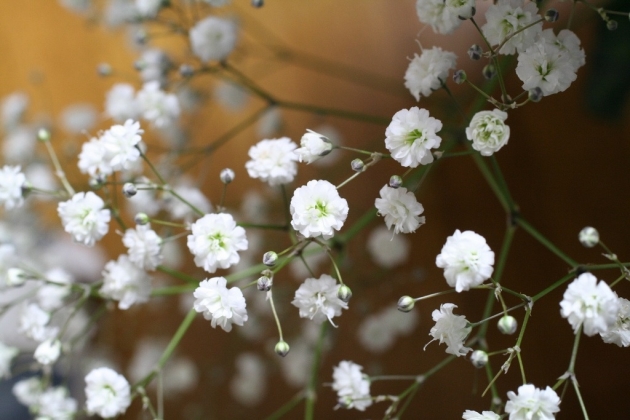
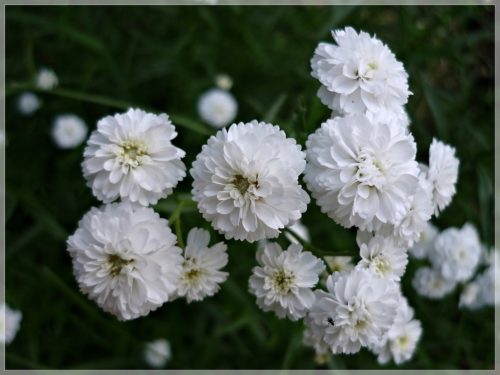
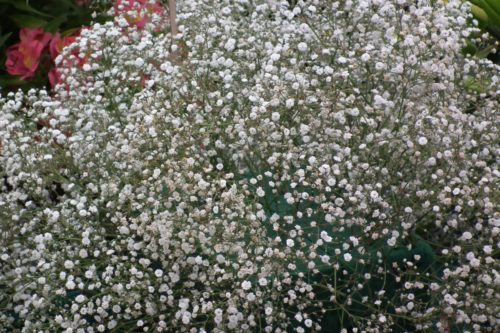

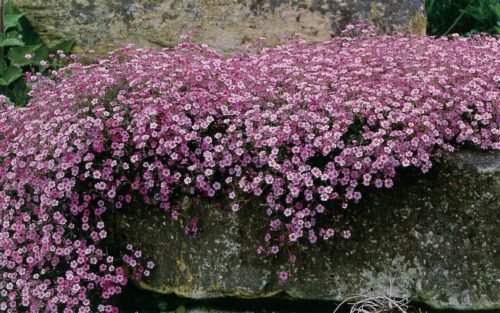
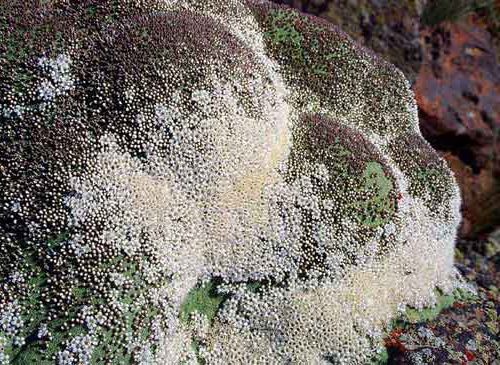
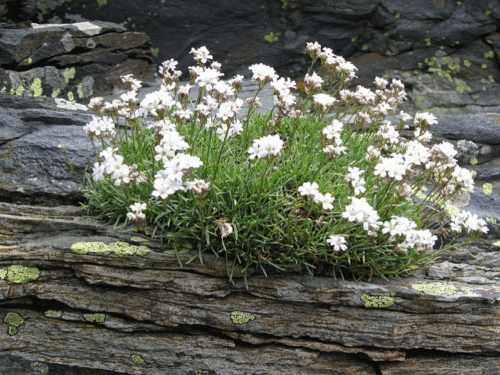
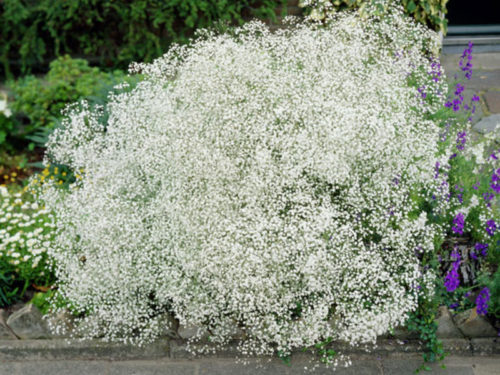
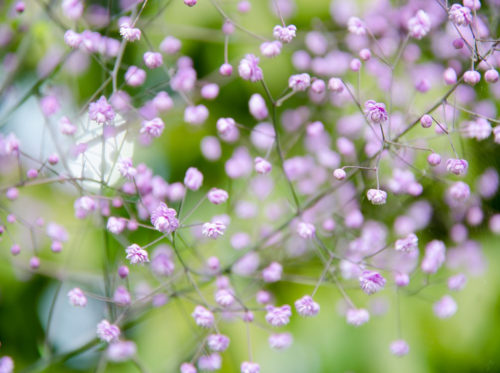
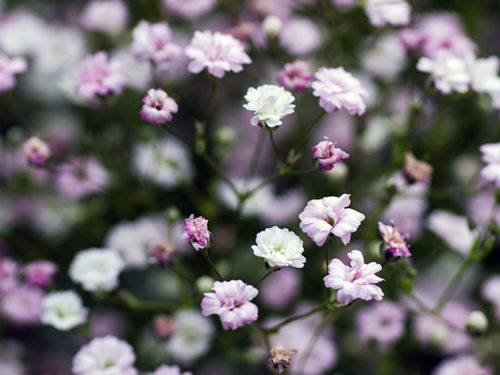












 Start a discussion ...
Start a discussion ...